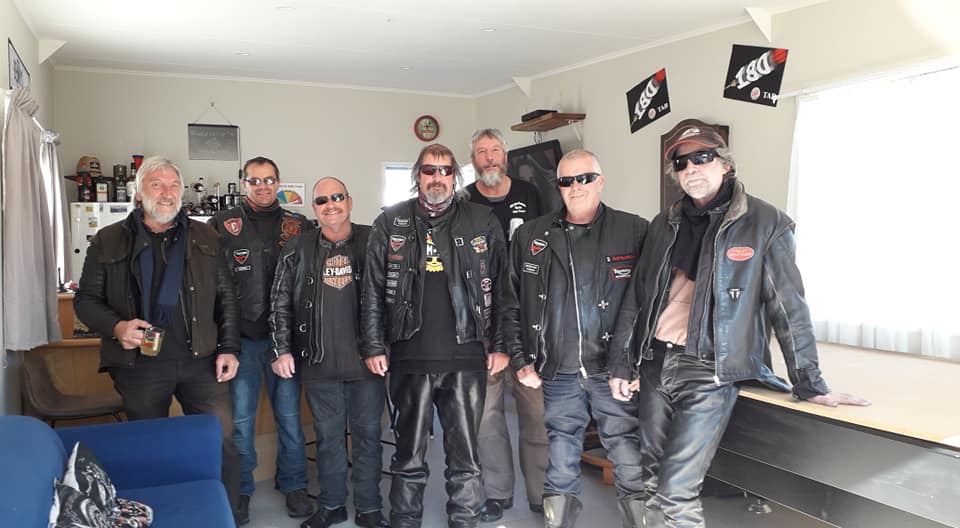

After riding it, I think there are a couple of ways West Coast Racers still fits in their coaster lineup.
#WEST COAST RIDER BLACK AND WHITE FULL#
I saw multiple people on Twitter wondering why Magic Mountain needed this ride when they already had a dueling coaster in Twisted Colossus and a Premier Launch coaster in Full Throttle. The highlight of West Coast Racers is the quality of the dueling elements, which really no other coaster I’ve been on has quite matched. They might not be the most forceful, but they don’t slow down. The low to the ground sections, like the midcourse LSM boost and the back to back helixes, are exciting and keep the pace up throughout the ride. Constantly crossing back and forth over another train, with the two trains staying close together throughout, all while actually racing. The dueling is some of the best I’ve ever experienced on a coaster. West Coast Racers excels in areas that make it a fun ride even if it isn’t breaking records. But a good coaster doesn’t need to break records to be fun. It doesn’t have the most inversions, the fastest accelerations, or the most air time.

It’s not the fastest, hitting “only” 55 mph, and it’s certainly not the tallest, mostly staying close to the ground. I don’t think anyone would ever call it the most intense of coaster. West Coast Racers lasts about 3 minutes, give or take a little bit depending on how long the hold in the “pit stop” takes. In total through the two circuits you’ll experience four launches, four inversions, two high-five elements, four helixes, and a whole bunch of crossovers. You also get an extra corkscrew crossover to close out the ride. Instead of the zero-G stall on the first turn you get an airtime hill (and the chance to look up at the hanging train above you). The second circuit mostly parallels the first, but there are a few different elements for the yellow track. And we should also note the restrains are quite comfortable (and we were told by several people they’re “big boy” friendly). However, Yan notes that overall, the recovery of public transit in Metro Vancouver is outpacing the rest of North American cities.The West Coast Customs designed trains are really slick. "Part of this is ensuring that when you do take transit that it remains a pleasant experience, that it remains one centred around the users." "It's perhaps the mode you take to shopping, it's the mode you take to move around your community," he said. Yan says it's important to remember that public transit isn't only used by people commuting to and from work. Now, with ridership levels still only at 42 per cent compared to pre-pandemic levels, only four trains have been operating along the 70-kilometre route, all with a reduced number of cars. The first train to leave Vancouver on its way back to Mission is at 3:50 p.m., and the last to leave is at 6:20 p.m.ĭuring the pandemic, TransLink reduced service to three trains. Service reduced since pandemicīefore the pandemic, five trains would leave Mission starting at 5:25 a.m., making stops in Port Haney, Maple Meadows, Pitt Meadows, Port Coquitlam, Coquitlam, and Port Moody before finally arriving in Downtown Vancouver.Īll trains arrive at Vancouver's Waterfront Station before 9 a.m. He says when it comes to long-term planning, TransLink faces a challenge as decreasing service levels to match the lower demand could result in even fewer passengers. "I think that within many offices they're still trying to figure out what is the optimal kind of mix of being in-person compared to working remotely." A commuter passes through a TransLink fare gate at Waterfront Station in Vancouver in April 2022.


 0 kommentar(er)
0 kommentar(er)
